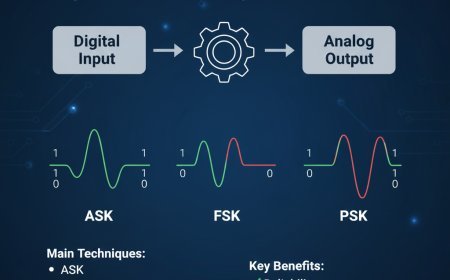Neutrino Hypothesis and Fermi’s Theory of Beta Decay
Discover how the neutrino hypothesis and Fermi’s theory explain beta decay — revealing the role of neutrinos, weak interactions, and selection rules in nuclear physics.

Neutrino Hypothesis and Fermi's Theory of Beta Decay
The neutrino hypothesis and Fermi's theory of beta decay explain how certain particles called neutrinos are involved in a type of radioactive decay known as beta decay. Fermi's theory helps us understand how this process works.
Physics can often feel like a complicated mix of ideas and rules. The neutrino hypothesis and Fermi's theory of beta decay are important concepts in particle physics.
1. Beta Decay
Beta decay is a type of nuclear decay where an unstable atomic nucleus changes into a more stable form by releasing a beta particle. This process transforms a neutron into a proton or a proton into a neutron.
1.1. Types of Beta Decay
Beta decay occurs in two main types:
- Beta-minus decay (β⁻): A neutron changes into a proton, releasing an electron (called a beta particle) and an antineutrino.
- Beta-plus decay (β⁺): A proton changes into a neutron, releasing a positron (the opposite of an electron) and a neutrino.
2. The Neutrino Hypothesis
In 1930, Wolfgang Pauli proposed the existence of neutrinos, which are very light particles with no electric charge. Pauli suggested that neutrinos exist to explain the missing energy and momentum in beta decay.
2.1. Features of Neutrinos
- Neutral Charge: Neutrinos have no electric charge, allowing them to move through matter almost unnoticed.
- Tiny Mass: Neutrinos have an extremely small mass, making them nearly massless and capable of moving at high speeds.
- Types of Neutrinos: There are three kinds of neutrinos:
- Electron neutrino (νₑ)
- Muon neutrino (νμ)
- Tau neutrino (ντ)
3. Fermi's Theory of Beta Decay
In 1934, Enrico Fermi developed a theory to explain beta decay, incorporating the newly discovered neutrinos. Fermi's theory describes how weak nuclear interactions play a role in the decay process.
3.1. Important Ideas in Fermi's Theory
- Weak Interaction: Beta decay occurs due to the weak nuclear force, one of the four fundamental forces of nature. This process involves the exchange of the W boson, which helps convert neutrons into protons.
- Fermi's Golden Rule: This rule predicts the probability of a system transitioning between quantum states. It helps estimate how quickly beta decay occurs.
4. Rules for Choosing in Physics
Selection rules are essential in quantum physics, determining the allowed transitions between energy states in atomic and subatomic systems.
4.1. Why Selection Rules Matter
- Simplicity: They simplify complex quantum systems by establishing rules for possible transitions based on quantum numbers.
- Quantum Numbers: Transitions depend on properties such as angular momentum and parity, which are represented by quantum numbers.
4.2. How It Relates to Beta Decay
In beta decay, selection rules determine which particle transformations can occur when particles are emitted. For example, changes in rotational momentum and parity must follow specific rules.
4.3. Examples of Selection Rules
- Change in Angular Momentum (ΔL): The change in orbital angular momentum can only be ±1.
- Conservation of Parity: The overall parity of the initial and final states must remain consistent.
What's Your Reaction?



































